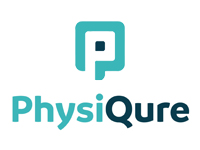While the pain associated with tennis elbow is not severe, it can make performing manual tasks difficult. Physiotherapists can recommend a change in activity or movements to relieve the pain. For mild pain, painkillers such as NSAIDs can help. These medications come in the form of tablets, creams, gels and cream-like patches that you can apply directly to the area of pain. Some physiotherapists may recommend dry needling or injections to help the injured tendon.
Physical therapy is an effective treatment for lateral epicondylitis. It can help restore strength and mobility to the forearm and wrist muscles. Physical therapy involves performing stretches, which should be performed regularly, five times a day and at least twice during the same day. The therapist can also help you with the cadence of stretching exercises. If you can’t do the exercises, see a physical therapist.
Physical therapy is a great choice for treatment of tennis elbow. The therapist can assess your arm, wrist and hand to determine what specific exercises are necessary for your condition. They will also work to strengthen other muscles to prevent further injury. It is important to seek out a therapist who is able to work with your specific condition. In addition to assessing the elbow, a physical therapist can also examine other areas of your body and determine if any other conditions are causing your symptoms.
In addition to physical therapy, some physicians may prescribe topical NSAIDs for the pain. NSAIDs are safe, non-steroidal anti-inflammatory drugs that do not have any side effects. They may also recommend steroid injections to ease the pain and improve movement. Steroid injections are given under ultrasound guidance to ensure they are administered properly. Your GP may also refer you to a physiotherapist for treatment. A physiotherapist can use various techniques to help restore the function of your wrist and relieve the pain.
